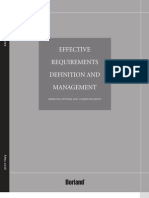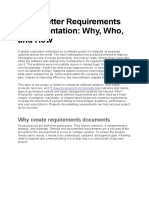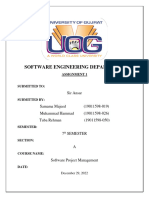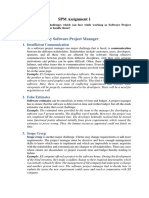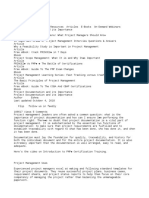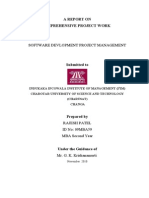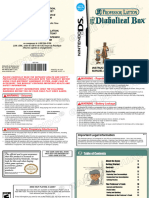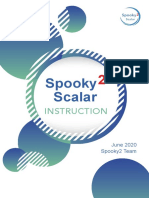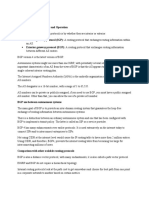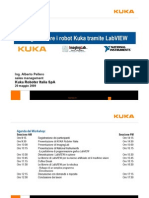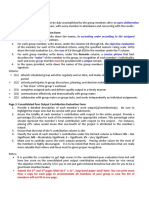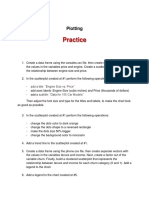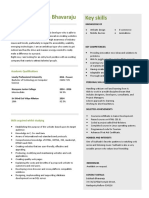0% found this document useful (0 votes)
17 views4 pagesBlueprint PM Why Projects Fail
This document outlines ten ways that poor requirements can lead to project failure, emphasizing the importance of effective communication, collaboration, and executive involvement in the requirements process. It highlights issues such as project overruns, unnecessary features, and the challenges of remote teams, while advocating for better tools and practices to improve requirements management. The document concludes by promoting Blueprint's software as a solution to enhance the quality of requirements and reduce project failures.
Uploaded by
sahil mehtaCopyright
© © All Rights Reserved
We take content rights seriously. If you suspect this is your content, claim it here.
Available Formats
Download as PDF, TXT or read online on Scribd
0% found this document useful (0 votes)
17 views4 pagesBlueprint PM Why Projects Fail
This document outlines ten ways that poor requirements can lead to project failure, emphasizing the importance of effective communication, collaboration, and executive involvement in the requirements process. It highlights issues such as project overruns, unnecessary features, and the challenges of remote teams, while advocating for better tools and practices to improve requirements management. The document concludes by promoting Blueprint's software as a solution to enhance the quality of requirements and reduce project failures.
Uploaded by
sahil mehtaCopyright
© © All Rights Reserved
We take content rights seriously. If you suspect this is your content, claim it here.
Available Formats
Download as PDF, TXT or read online on Scribd
/ 4




